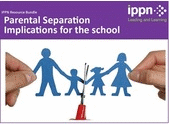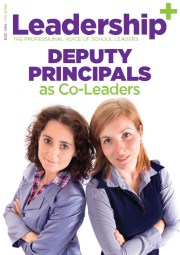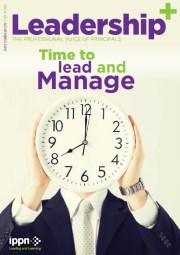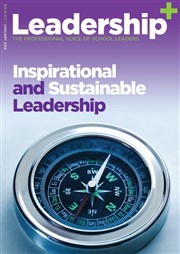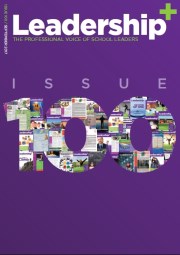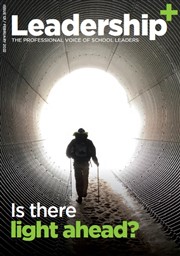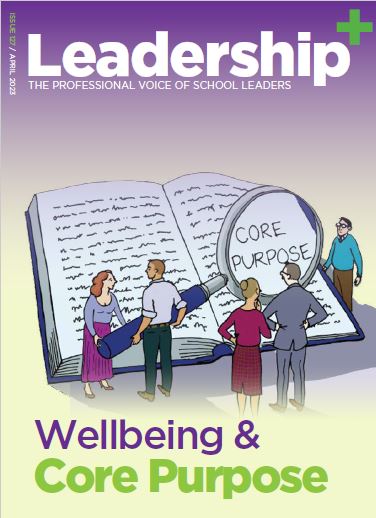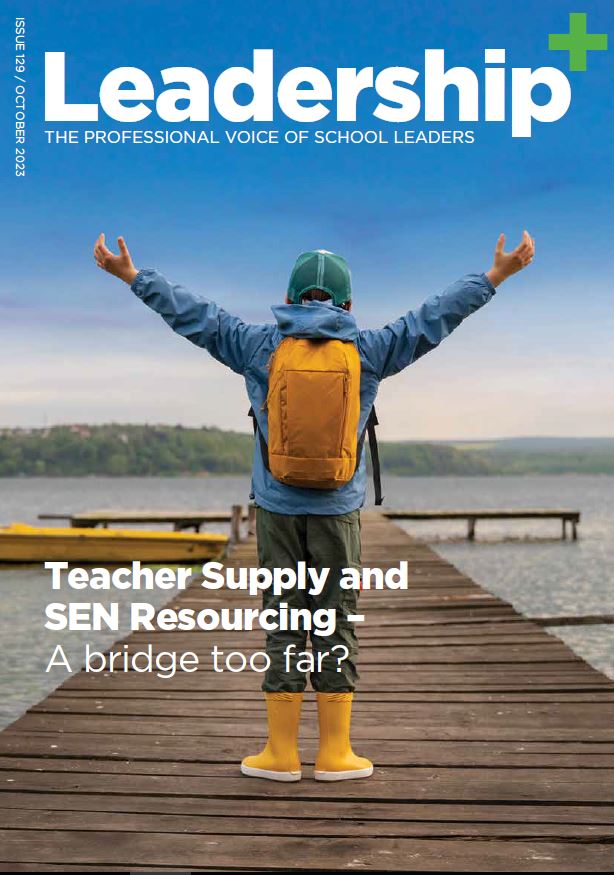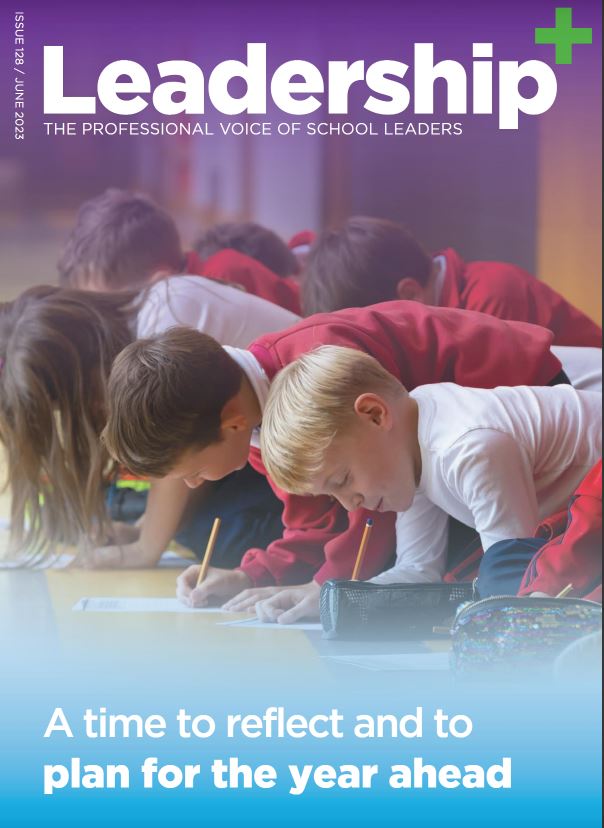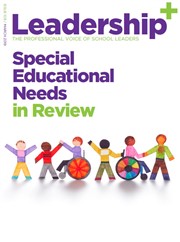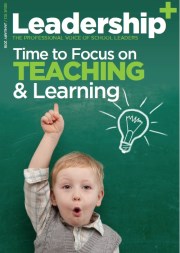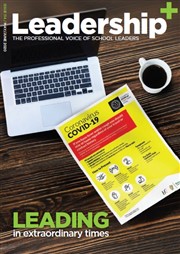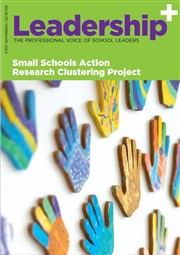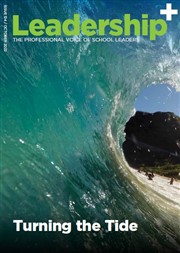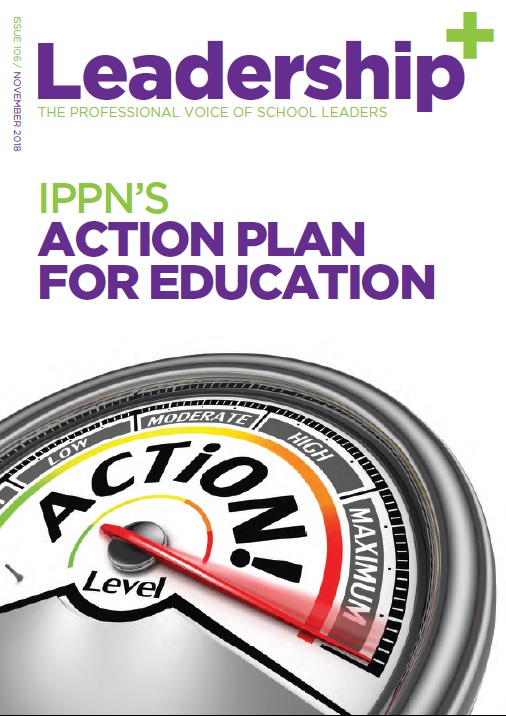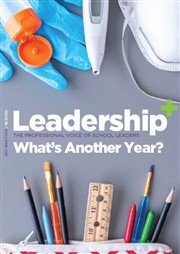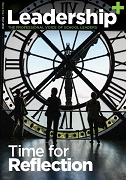Class sizes U-turn slammed
- Published: 15 October 2008
By Niall Murray, Education Correspondent
LARGER class sizes and less subject choice is the prospect for school children after the Department of Education decided to increase pupil teacher ratios in a strongly-criticised reversal of Government promises.
Primary schools will only be allowed one teacher for every 28 pupils from next September, up from the current level of 27 children. This comes in spite of a commitment in last year's Programme for Government to reduce the staffing schedule from the 27:1 pupil teacher ratio at the time to one teacher for every 24 children by September 2010.
At second level, schools will be allocated a teacher for every 19 students, compared to the current ratio of 18 students per teacher, despite commitments in the Programme for Government to prioritise class size reductions in core subjects.
The moves are among a number of changes to school staffing that will mean 400 fewer teachers on the department's pay bill next year, despite tens of thousands more pupils enrolling next autumn. Schools will be limited to just two language support teachers each, regardless of the number of students whose first language is not English, meaning losses of a number of staff in dozens of schools.
Most of the cuts will be made by non-filling of vacancies but Minister for Education Mr O'Keeffe said redundancies would be the only option at second level if a redeployment scheme is not agreed with teacher unions.
The Irish National Teachers' Organisation (INTO) said it isbeyond belief that the minister would reverse his promise on class sizes, which will now become the largest in Europe, one-in-four primary pupils already in classes of 30 or more
"Children have been left to pay the price for Fianna Fáil's love-in with the building industry but, just like when Minister Lenihan's aunt increased class sizes in the 1980s, we will oppose this with every method at our disposal," said INTO president Declan Kelleher.
But Mr O'Keeffe urged teachers and parents to be patient during the difficult times over the next two years to allow the economy grow and Government commitments to be honoured, but over a longer period than was originally planned.
"This is the least disruptive action we can take, it does not affect the education of the children. While there might be greater class sizes in some instances, the quality of education according to an OECD report, is the absolute in terms of giving children a good education, not the number of pupils in the classroom," the minister said.
The Association of Secondary Teachers Ireland (ASTI) and Teachers' Union of Ireland said the cuts were unconscionable, foolhardy, and a vote of no confidence in young people.
"Cutting pupil-teacher ratios will mean less subject choice for students, reduced focus on science and maths education, and classes of 30 teenagers or more will be commonplace," said ASTI general secretary John White.
The Joint Managerial Body (JMB) which represents 400 second level school boards, said the removal of substitution cover for teacher absences on school business would make it difficult to facilitate extra curricular activities and student attendance at seminars, science exhibitions and other important events.
ends





